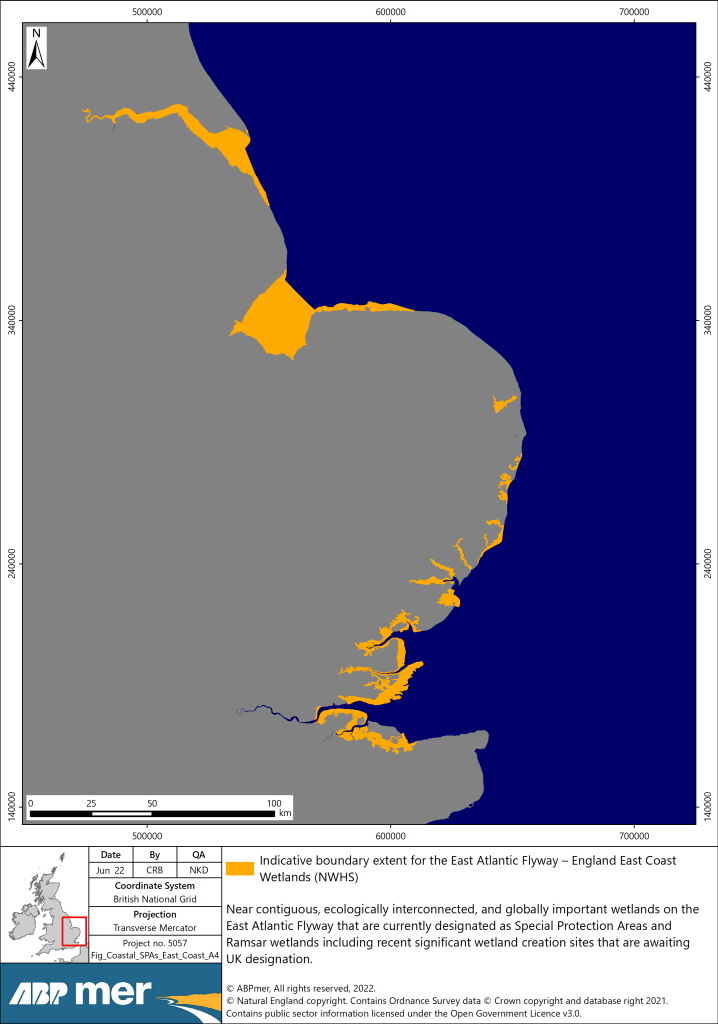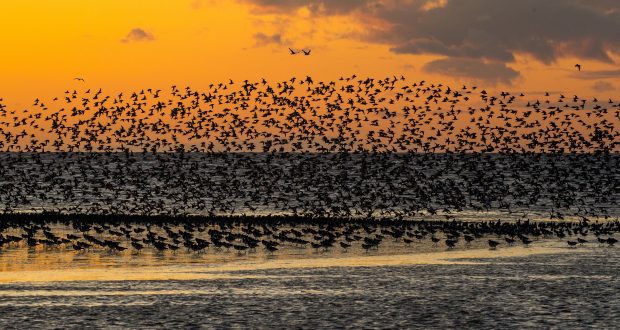The stunning wetlands around The Wash and beyond could become a World Heritage Site.
A recent review says the east coast is of ‘outstanding universal value’ due to the world class networks which support globally important bird populations.
Figures in the report show around a million birds are reliant on the east coast each winter. They use the unique shores and inland marshes to shelter from harsh conditions in Scandinavia, Canada, Greenland and Siberia.
The East Atlantic Flyway is one of just eight major routes used by migrating birds around the world.
In the spring 200,000 migrating and breeding birds arrive. In the autumn, around 700,000 birds make their home along the east coast.
“A wide range of species use the east coast as an essential home and as refuge during huge migration journeys. The Wash is the UK’s most important estuary for wild birds which depend on its mudflats to feed during their globe-spanning migrations,” said Steve Rowland, RSPB England Area Manager for Lincolnshire.
The application to join the UK’s Tentative list of Natural World Heritage Sites has been submitted to UNESCO.
“While this is only the first stage in the journey to becoming a Natural World Heritage Site, it’s incredible to think that the east coast is up there with some of the most important places for nature globally,” said Mr Rowland.
The wetlands together support 155 different species of birds with 29 dependant on habitat for their survival.
“We’re thrilled to see the results of the report which evidences how essential the coastal wetlands between the Humber and The Thames are for nature and the role they play in coastal communities,” said Chris Miller, head of environment at Lincolnshire County Council.
A decision on if the wetlands will be added to the UK’s Tentative List is expected by early 2023.

 The Voice of Spalding and South Holland
The Voice of Spalding and South Holland




